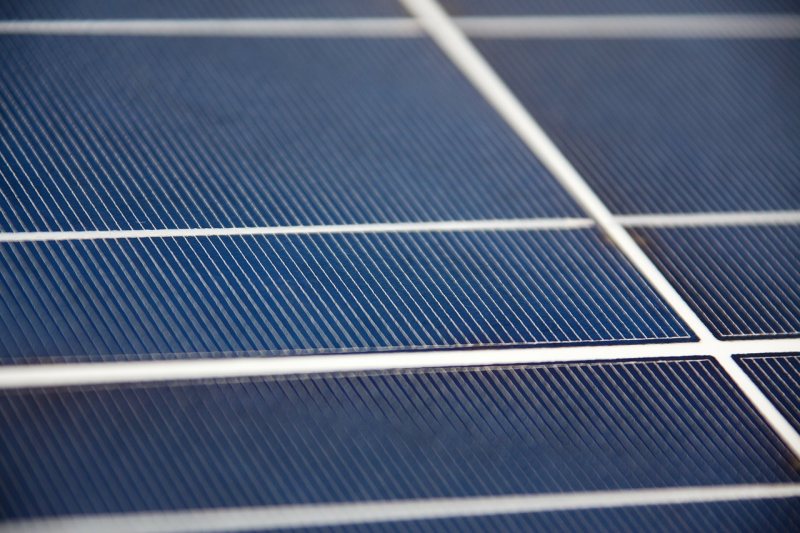The upper house yesterday voted to establish a Senate select committee that will look into “fair dinkum power”, which start its work late this month.
The Committee’s tasks will include examining the potential for empowering energy consumers to play a bigger role in the National Electricity Market (NEM) through the provision of services relating to:
- energy generation
- demand response and energy efficiency
- grid stability and reliability services
- alternatives to conventional network investment
- peer-to-peer energy trading between households and businesses
It will also look into the role of retailers in the National Electricity Market given the rapidly changing environment in which they operate, the impacts of privatisation, and regulatory reforms that would benefit energy consumers.
“This inquiry will bust the myths being peddled by the Morrison Government about renewable energy, grid stability and power bills,” said Senator Sarah Hanson-Young. “If Scott Morrison was actually ‘fair dinkum’ about power, he would let evidence, not ideology, guide energy policy.”
Due to report on June 30 next year, the Select Committee Into Fair Dinkum Power (yes, that’s its name) will consist of seven senators. Two Committee members will be nominated by the Leader of the Government in the Senate (Mathias Cormann), two by the Leader of the Opposition in the Senate (Penny Wong), one nominated by Australian Greens Leader Richard Di Natale, and two by minority groups and independent senators.
The Chair of the committee will be nominated by Senator Di Natale and the Deputy Chair by Senator Wong.
The vote to establish the committee was Ayes 36, Noes 7.
Whether anything substantial comes of yet another inquiry into energy in Australia remains to be seen, but between Mike Cannon-Brookes’ efforts and now this committee, Prime Minister Scott Morrison and Energy Minister Angus Taylor have well and truly lost control over the “fair dinkum power” term. They envisioned it to mean fossil-fuel based electricity generation, but it is now becoming more synonymous with renewables such as solar power and related technologies. It will be interesting to see if Messrs. Morrison and Taylor continue to use the term in the lead-up to the next Federal election.
Just a quick update on the recently-established Fair Dinkum Power movement – on Monday we reported the number of Australians taking its “pledge” had reached 11,600 in just over a week since it was established. By this morning, the number had swelled to more than 33,000.
The movement’s manifesto states:
“For energy to be fair dinkum, it must be honestly good for our wallets, good for our economy and good for our planet.”
Trivia: According to Wikipedia, the term “fair dinkum” originated with a now-extinct dialect word (dinkum or dincum) from the East Midlands region in England meaning “hard work” or “fair work”.


 RSS - Posts
RSS - Posts



I think this reinforces the perception that the feral parliament rules Australia for the benefit of the eastern states, given that the committe appears to disregard WA, with WA being outside the NEM (and, as the feral parliament has demonstrated, WA is regarded as not being entitled to the benefits of the rest of Australia).
I would suggest to the Australian Senate Select Committee into Fair Dinkum Power that they build upon the knowledge gained by the NSW Parliament Legislative Council Select Committee on Electricity Supply, Demand and Prices in NSW.
See: https://www.parliament.nsw.gov.au/committees/listofcommittees/Pages/committee-details.aspx?pk=251
From my limited reading on the NEM and how it started, I’d say one key reason for the non-inclusion of WA and also the Northern Territory, along with various remote sections of QLD and South Australia would probably be the ‘tyranny of distance’ issue. The cost of establishing a robust and reliable physical integration of their electricity grids, with those of the eastern states would no doubt be very high
By and large, in its original conception back in 1999, the NEM could be compared to a pencil architectural sketch of a very large building ,thats intended to eventually replace quite a number of existing smaller dilapidated structures that operate independently, but with virtually none of the details filled in. ie… this is what we think we’d like it to look like.
The next stage of course is working out : how on earth do we get it built, and what do we actually need to have inside this new building it to make it functional ? What in the heck are we going to do with all the other dilapidated buildings already there?
Given all the various vested interests involved, at times with agendas completely opposed to each other, its going to take a long time to agree on those. Its taken us some 20 years or so to largely agree (more or less) that ‘renewable energy’ from one source or another is the best long-term POLICY approach to adopt.
I wouldn’t take for granted that its all going to plain sailing from here-on. One of the biggest factors contributing to past slow progress has been policy changes regarding the items intended to put inside the ‘overall building’.
‘New or changed requirements’ get added pretty much at random from time to time, depending on political whim and perceived ‘this will get more votes’ benefits or will ‘seem to solve a problem’.
Its been a bit like building a new home, where the architect is still finalising the plans, the builder has started in good faith on those bits where he’s been told that the plans are finalised, but at least once every 2 days, the owner comes along wanting to change something.
Although I think there is a good chance that the proposed Senate Committee Into Fair Dinkum Power will come up with some worthwhile proposals, lets hope those are accompanied by some general guidance as to how to actually implement them and what difficulties there might be in doing that. That could help.